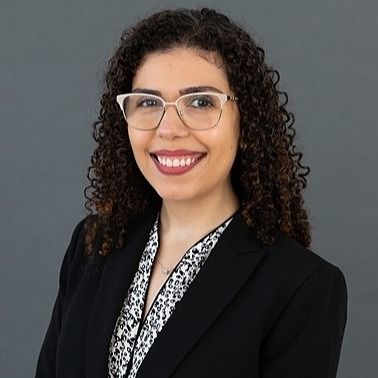Article
Telehealth Could Be Feasible Alternative in Ophthalmology
Author(s):
Patients who utilized virtual and in-person visits had comparable numbers of follow-ups, referrals, and outpatient surgeries.
Carolina Carvalho Soares Valentim

Teleophthalmology may be a viable option for patients, according to a new study. Data presented at the Association for Research in Vision and Ophthalmology (ARVO) Virtual Meeting compared that outcomes virtual with in person visits, showing generally similar characteristics between both modalities.
“Telehealth has a variety of proposed uses in ophthalmology and has become a valuable asset to health care in the COVID-19 pandemic,” noted the study’s investigative team, led by Carolina Carvalho Soares Valentim of the Cleveland Clinic Cole Eye Institute.
They performed a retrospective, observational study that aimed to ascertain overlaps and differences between teleophthalmology visits and in-person visits at the Cole Eye Institute.
Overall, the team identified a total of 2943 virtual and 56,174 in-person visits that occurred during the pandemic period. However, they included 2266 and 2590 visits, respectively, in their analysis.
Valentim and team excluded any incomplete or duplicate visit and only evaluated patients ≥18 years old. They then performed Pearson's chi-square test of independence and test of proportions in order to evaluate the relationships between categorical variables.
Comprehensive visits were the most common reasons for virtual visits (34.6%)—while optometry was most common for in-person visits (29.8%).
Among virtual visits, 72.3% resulted in a planned follow-up visit, compared with 70.3% following an in-person visit (P = .121).
Further, 15.9% of patients were discharged in a virtual setting, and 10.8% of patients were discharged in an in-person setting (P<.001).
The investigators also noted that 5.6% of virtual patients and 6.9% of in-person patients were referred to a primary care doctor or a different ophthalmology subspeciality (P = .081); 6.0% of patients had an outpatient surgery following a virtual visit, as did 4.8% following an in-person visit (P = .08).
However, a greater proportion of in-person patients (7.2%) had a clinic procedure schedule compared with virtual patients (0.2%).
They also categorized loss to follow-up among patients, noting that 4.6% of virtual visits and 3.5% of in-person visits were due to cancellations (P = .11), 2.8% and 2.1%, respectively, were no shows (P = .02), and 10.4% and 2.3%, respectively, were because patients did not schedule their next appointment.
Following virtual visits, 84.6% resulted in in-person visits and 15.4% were virtual. As many as 97.4% of in-person visits continued in-person at follow-up , and 2.6% resulted in a virtual follow-up (P<.001).
“The similar number of follow-up, referral and outpatient surgery outcomes across virtual and in-person visits suggests that teleophthalmology is a viable alternative for patient care," Valentim and team wrote.
However, they indicated that the higher prevalence of discharges and unscheduled follow-up visits suggested a higher risk of care discontinuation for patients. As such, additional research into the viability and applications of telehealth in ophthalmology are warranted, the investigators noted.
The study, “Characterization and Outcomes of Virtual Visit During the COVID-19 Pandemic,” was presented at ARVO 2021.





